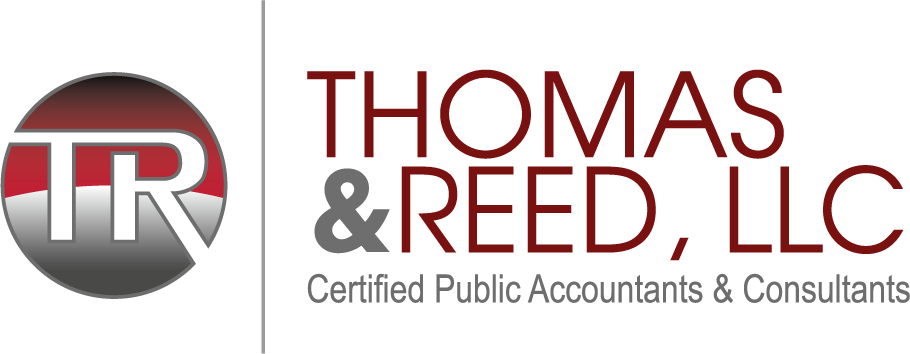In an effort to capture income from household employees, the tax code requires you to obtain employee information, pay the related state and federal taxes, and withhold taxes for anyone you employ around the house. The requirement for this “nanny tax” comes into play if you pay any one individual $2,300 or more (in 2021). You must then submit a W-2 for each of these household employees.
Who is covered?
The household workers typically covered by this law include:
- babysitters
- caretakers
- house cleaners
- domestic workers
- drivers
- health aides
- housekeepers
- maids
- nannies
- private nurses
- yard workers
Employee or Not an Employee
Before you get too worried that the nanny tax might affect you, first determine whether your help is an employee or not. If in the eyes of the tax code, your help is not an employee the nanny tax rules do not apply. What does the IRS look for?
- Who controls how the work is done? If the worker clearly does, then the person is self-employed and not your employee.
- Whose tools are used? If the worker’s tools are used then they are more likely self-employed and not your household employee.
- Work exclusively for you? If the worker has a number of customers then they are less likely to be your household employee.
- Does an agency supply the worker? If an agency supplies the worker and controls what work is done and how it is done, the worker is not your employee.
- Daycare services at an offsite location. If your childcare is conducted in the worker’s home, that worker is generally not your employee.
Some Suggestions
Have your help become incorporated. The reporting rule only applies to hired individuals. If your household help is in a LLC or S-Corporation, it is up to that company to employ the worker and pay their employment taxes.
Be aware of the annual limit. Make sure your total payments do not exceed the reporting threshold each year.
Determine if the hired help are truly employees or self-employed.
Rotate services. If you have help with yard work consider employing a number of helpers to make sure no one person is paid above the reporting threshold.
